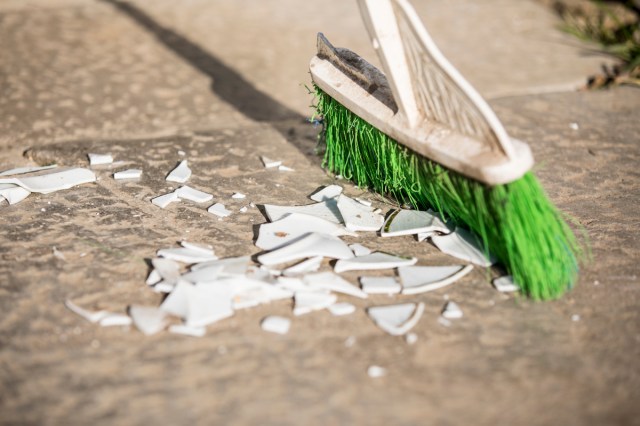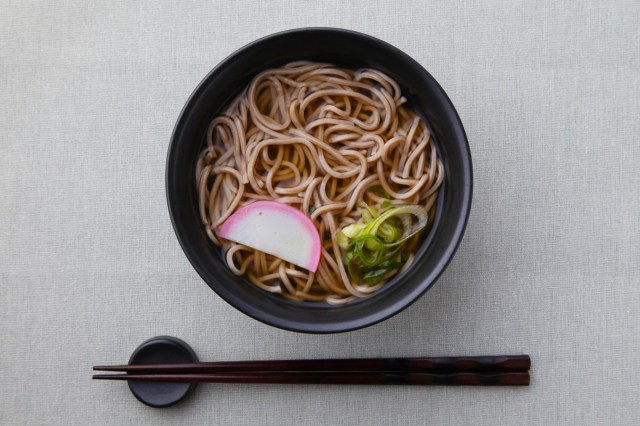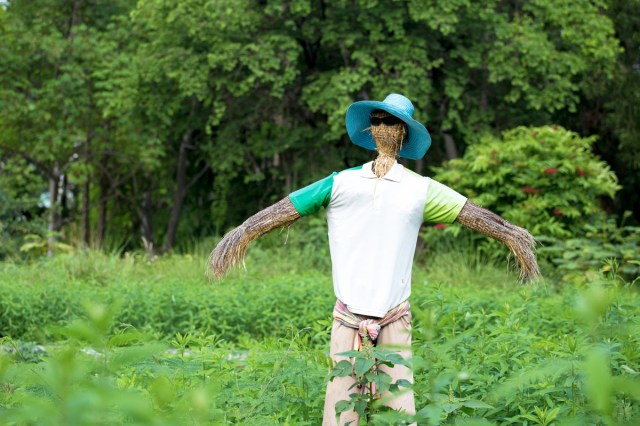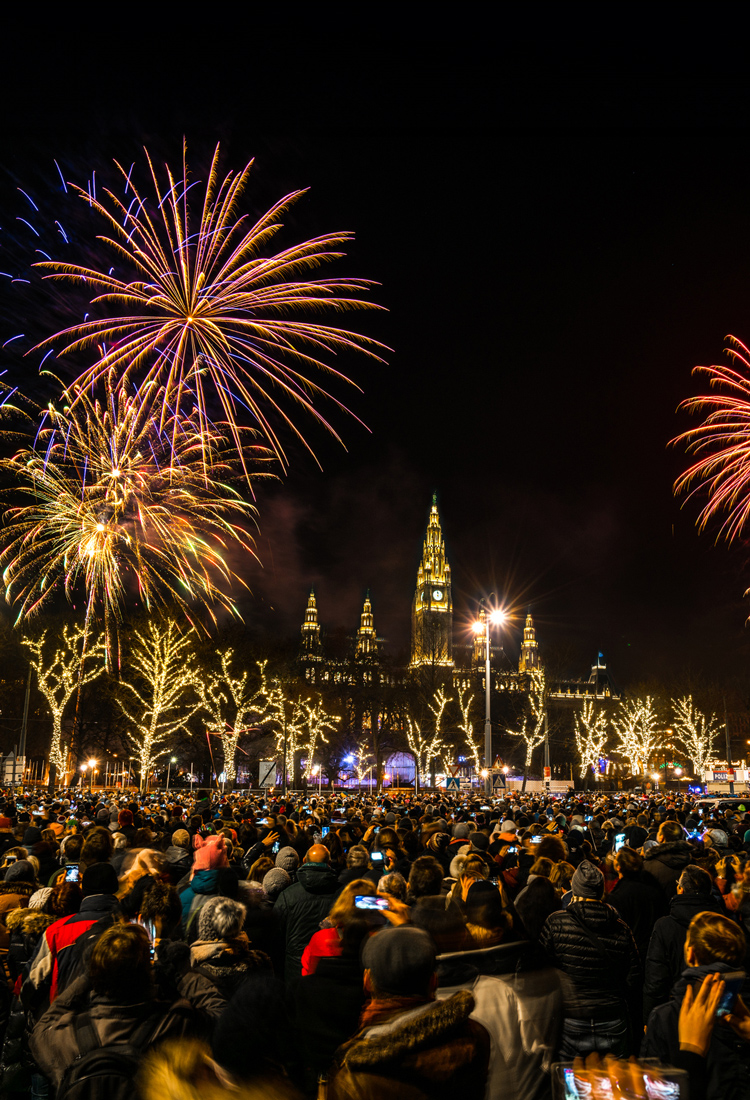There’s nothing like the anticipation of a new year and new beginnings. In the United States, New Year’s Eve is often celebrated with Champagne, dancing, loved ones, and watching the ball drop in Times Square, but the holiday takes on many different forms in different cultures. From breaking plates when the clock strikes midnight to ringing bells 108 times, here are seven unique new year traditions around the world.
Scotland – Hogmanay

In Scotland, December 31 is Hogmanay, a time to celebrate the final day of the year and usher in the new one. In addition to enormous torchlit processions, Scots get the New Year off on the right foot with the tradition of first-footing. Traditionally the luckiest “first foot” to cross the door after the stroke of midnight should be a dark-haired male (perhaps in response to those blond Viking invaders). Today, friends or family who cross the door can bring luck. If the Hogmanay hangover the next day is crushing, join a thousand or more costumed Edinburghians for Loony Dook, where the hearty partiers throw themselves into the frigid waters of the Firth (estuary) of the River Forth.
Spain – Eating 12 Grapes

If you’re traveling to Spain to celebrate New Year’s, then make sure you have some grapes on hand. While some people exchange a New Year’s Eve kiss for good luck, as the clock strikes midnight in Spain, it’s custom to eat 12 grapes. The superstitious tradition is said to prevent bad luck in the coming year — by eating a grape for every stroke of midnight once the New Year rings in, Spaniards believe they’re setting their luck for the 12 months ahead. The “miraculous grapes” must be eaten quickly within those first 12 strokes, so if you take part, beware of choking hazards. Though Spain is credited for the tradition, the custom is also common in many Latin American countries, which use other round fruits instead of grapes.
Denmark – Breaking a Glass or Plate

If you wake up in Copenhagen to a pile of smashed pottery on your doorstep New Year’s Day, congratulations are in order. The Danes consider smashing crockery to be good luck, and go out throwing plates to bring New Year’s blessings on their friends and family. Just grab a broom and watch your step. No one is precisely sure how this tradition originated, but one guess is it involved akvavit (a type of strong liquor) — and lots of it.
Japan – Eating Noodles and Ringing Bells

Japan has a wealth of traditions welcoming the New Year, a celebration known as Ōmisoka, but toshikoshi-soba (buckwheat noodles) are by far the tastiest. “Year-crossing noodles” are long, symbolizing longevity, but also easily cut, symbolizing cutting ties and letting go of the past year. In Japan, Buddhist temples also ring their bells on New Year’s Eve 108 times. This annual tradition is known as Joya-no-Kane. In the Buddhist religion, there are 108 potential sins that you can commit, so ringing the bells is a way of cleansing yourself of those sins as you enter the new year.
Austria – St. Sylvester Feast

December 31 is the feast day of St. Sylvester, and the Austrians celebrate the 33rd Pope (who ruled in the early fourth century CE) by feasting on pork. Specifically, they prepare Sylvesterabend, or roast suckling pig. Cute marzipan (almond paste) pigs decorate tables, and a toast of mulled wine is raised in honor of the saint. Across the cities in Austria, all church bells ring at midnight. In Vienna, a glittering ball is held at the Imperial Palace, and outdoor concerts and dances bring in the New Year.
Estonia – Eating Seven Meals

Pack your comfy pants for New Year’s Eve in Estonia, a time for “lucky meals” — typically seven or more in a single day. Tradition says that each meal one eats that day gives the strength of seven, or nine, or even twelve men for the coming year. These numbers are considered especially auspicious (as long as you aren’t counting calories). Popular items include wild boar and marzipan. Since you should also leave something on the plate for spirits and ancestors, perhaps you won’t walk away from the table too full.
Uruguay – Burning of the Strawmen

Getting fresh apparel is a popular way to celebrate many holidays in many cultures, but South Americans make it even more festive by putting old clothes on straw figures — and then setting them alight. To add an extra layer of amusement, the faces of unpopular people (politicians are a favorite choice) are painted on the figures before they’re burned. It makes for a festive blaze — unless, of course, you’re one of the unfortunate effigies.
More from our network
Daily Passport is part of Optimism, which publishes content that uplifts, informs, and inspires.























